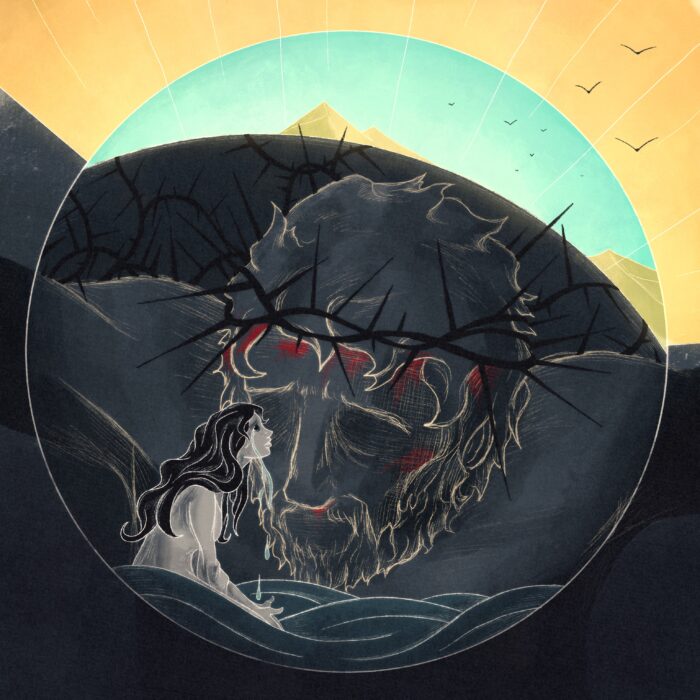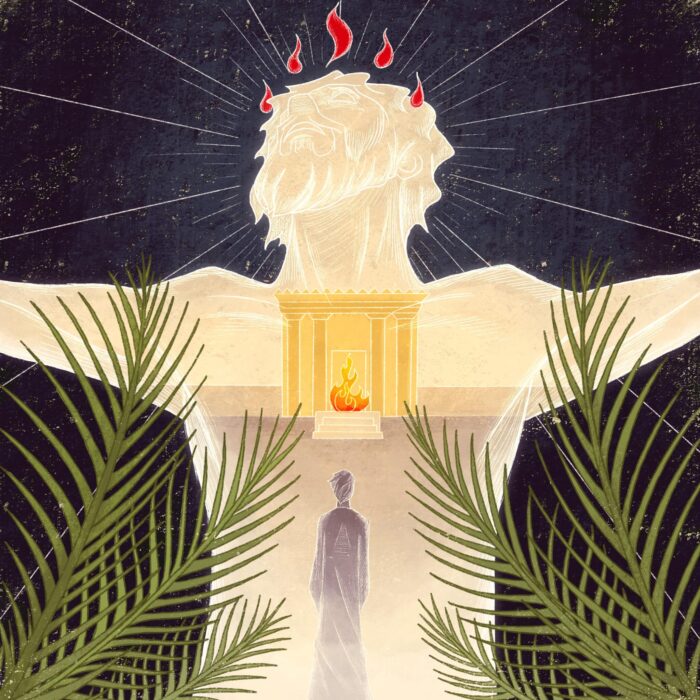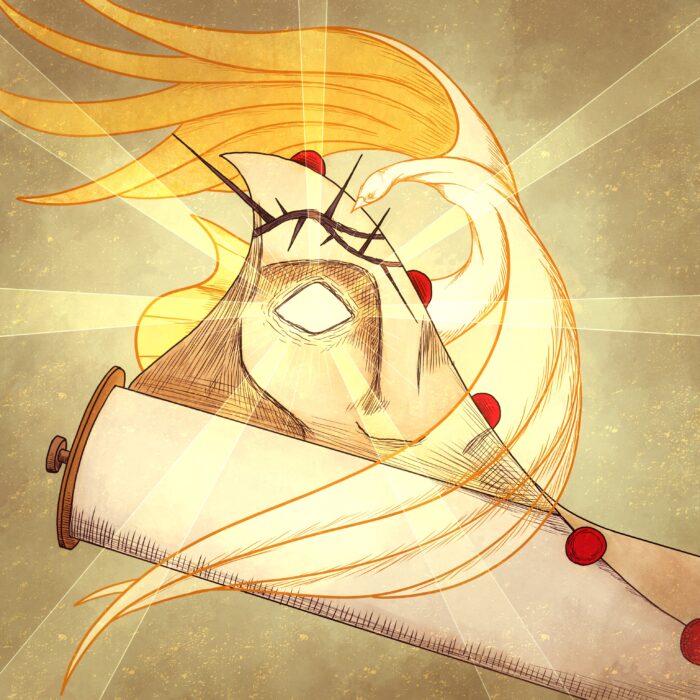Psalm 118:10-14, “All the nations surrounded me; in the name of YHWH I cut them off! They surrounded me, surrounded me on every side; in the name of YHWH I cut them off!…I was pushed hard, so that I was falling, but YHWH helped me. YHWH is my strength and my song, He has become my salvation.”
///
Every instance of the ‘righteous sufferer’ (as here in Ps.118) that we find in the Psalms finds its fulfillment in the arch-sufferings of The Righteous One—in the crucifixion of Christ. Further, every instance of salvation we find in the Psalms—from the paradigmatic salvation of the Exodus, to the personal salvations of David, to the eschatological salvation of God’s people—is supremely sourced in, pointing toward and achieved by the resurrection of the crucified Christ.
Thus, when we see the Psalmist suffering at the hands of ‘the nations’ here in Ps.118, we supremely see a vision of the sufferings of Christ, with the nations piercing His hands and feet on the cross (cf. Ps.22:16). More than this, when we see this same Psalmist praising YHWH for divine salvation from this plight, we see a dim foreshadowing of the dawn of Easter morning when—in the arch-salvation of the Son of God—every salvation of every son and daughter of God is secured (see 118:17-18; also 22, which is linked to Jesus’ crucifixion and resurrection in the NT, Matt.21:42). The intertwining threads of suffering and salvation woven across the Psalms are (taken individually) meditations *upon,* and (taken as a whole) a textual portrait *of* the crucifixion and resurrection of Jesus Christ.
I’ve tried to show that in today’s picture. First, the sufferings of the Psalmist are pictured in the dark flames at the left of the image. In the midst of these is the Serpent, the Dragon, Satan who—as ruler of the powers of the air—is the God-opposing power behind the God-opposing ‘nations.’ Bursting from this realm of death as a newly born child (cf. John 16:21-22) is the Risen Christ. All salvation is a participation in this resurrection, and so I’ve pictured the Bride of Christ—the Church in all ages and places—as enveloped in the arms of her Lord, carried with Him out of death. And yet, this salvation is not merely an escape from Death, it is the defeat of Death, as is clear from the cross piercing through both Christ (and so his people) and the Serpent. For the Serpent, it is a piercing unto damnation; but for Jesus, the wounds of crucifixion, illumined by the resurrection, blossom into new-creation glories that declare to all the cosmos the Name of the One True God (cf. Is.53:13).




